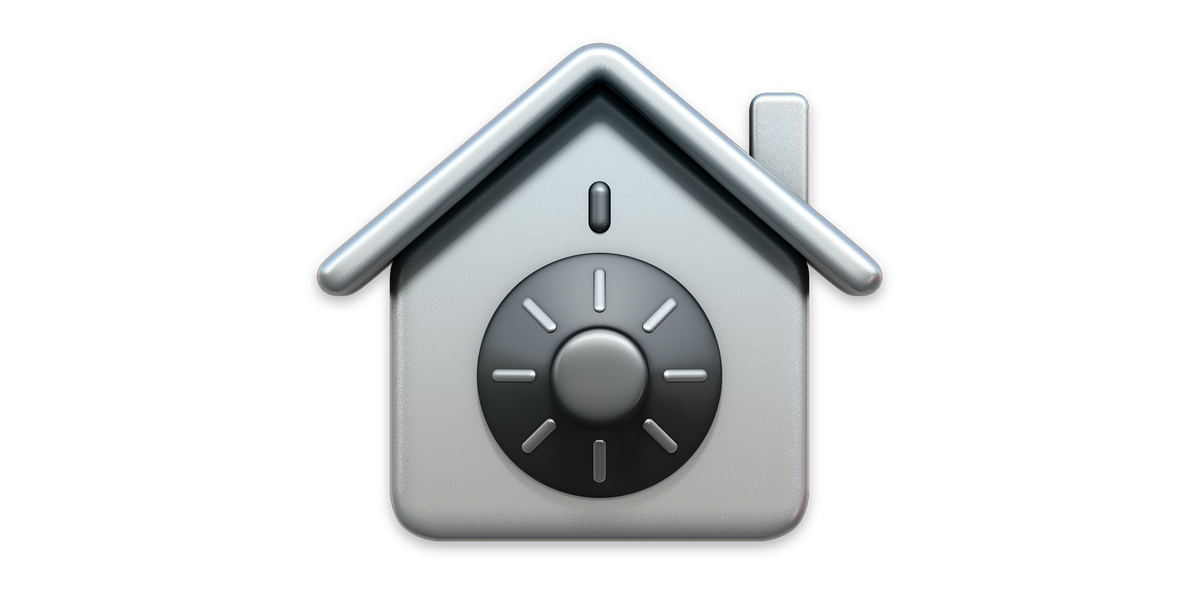

- #HOW TO INSTALL IOS FROM APPLE SERVER WITH NEW HARD DRIVE UPGRADE#
- #HOW TO INSTALL IOS FROM APPLE SERVER WITH NEW HARD DRIVE FULL#
- #HOW TO INSTALL IOS FROM APPLE SERVER WITH NEW HARD DRIVE REGISTRATION#
From here, you’ll want to boot from the drive itself. This will overwrite and replace the content of the USB drive with the clone of the boot drive. Click Start to begin the cloning process. Set your USB drive as the target for the cloning operation. While Command-R at startup always installs whatever the most recent version you installed on your Mac, holding down Command-Option-R brings down the very latest compatible version that can be installed. Select your boot drive as the source for the clone. However, if you have normal Recovery installed and it refuses to install macOS for some reason, you can manually invoke Internet Recovery.

#HOW TO INSTALL IOS FROM APPLE SERVER WITH NEW HARD DRIVE FULL#
There, the Mac reaches out over a Wi-Fi or ethernet connection to download the relatively modest Recovery software, which then bootstraps the download of the full macOS installer.Īpple says Internet-based Recovery should happen automatically on supported models, and you should see a spinning globe when that mode is invoked while the download occurs.
#HOW TO INSTALL IOS FROM APPLE SERVER WITH NEW HARD DRIVE UPGRADE#
However, there’s yet another option: macOS Recovery over the Internet, which requires either a Mac model released in 2012 or later, or most 20 models with a firmware upgrade applied. When complete, it installs it and reboots, and places the installer in the Applications folder. (Apple doesn’t document that, and I haven’t had to test that for years.)įailing finding it, Recovery downloads the currently installed version of macOS (or OS X), which is about 5GB. In that mode, when you choose to reinstall without erasing the drive, my recollection is that Recovery looks for the current OS system installer on your startup disk in the Applications folder, and uses that. That allows you to run Disk Utility, reinstall or wipe and install the system, access Terminal for command-line functions, and so on. Normally, you can start up a Mac while holding down Command-R to boot into what Apple now calls macOS Recovery. The article includes instructions on obtaining the installer, which might involve you having to use someone’s else Mac to download it, if you don’t have a replacement Mac on hand yet.īut if you can’t get access to another Mac or the necessary drive, it’s still possible to use a different Recovery mode on all recent Macs, dating back to 2010. We have instructions for making a bootable installer with macOS Sierra (as well as archived versions for several previous releases). Recovery lets you install onto an erased partition, but only if Recovery wasn’t erased, too!īecause Recovery didn’t work, the fastest way to install fresh is to make or borrow a macOS installer on a USB flash drive or a disk drive. There are a couple of options with an erased partition.

In my case, assuming the name of my NAS is SynologyNAS, I had to.
#HOW TO INSTALL IOS FROM APPLE SERVER WITH NEW HARD DRIVE REGISTRATION#
I assume that during a "normal" application installation, there is some sort of registration process that takes place and that's the part I'm missing.My friend was wiping my Mac so I could sell it and I’m pretty sure they’ve deleted the start up disk? It’s not letting me reinstall the OS on a recovery startup. At the Server name field, type either the IP address or the fully-qualified domain name of the server or NAS you wish to access. I've tried to do this, but I get a blank icon on the screen that doesn't successfully launch. What I'd like is to have the ability to restore the app directly to "/private/var/mobile/Applicaitons//". Once caveat of doing things this way is that there may be a newer version of the app now on iTunes and my backup is no longer compatible with it. The upgrade was successful, but I'd like to be able to restore applications directly instead of re-downloading them from iTunes and then copying over the data/documents/library directories from my backup. Recently I decided to upgrade to 4.2.1, and as a safety net against data loss, I tar'd up the entire contents of the iPad to a USB drive (permissions, soft/hard links and all). In addition, with it being the 64gb model, I wouldn't have the space to back up everything I have on there anyhow. Over time, I've completely abandoned the idea of connecting it to iTunes at all - it just doesn't seem necessary, it's basically a full fledged computer itself. I've had my jailbroken iPad for nearly a year.


 0 kommentar(er)
0 kommentar(er)
